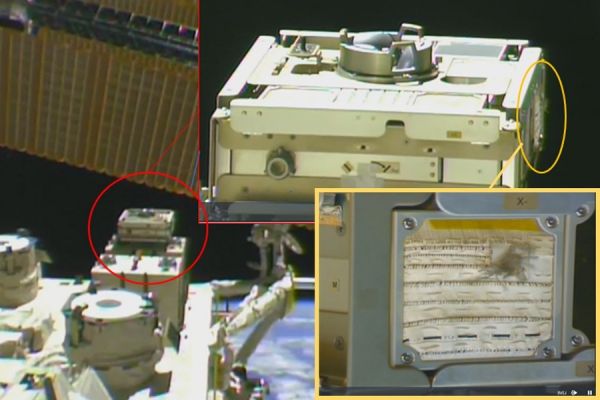Earlier this month a team of MIT researchers sent samples of various high-tech fabrics, some with embedded sensors or electronics, to the International Space Station. The samples (unpowered for now) will be exposed to the space environment for a year in order to determine a baseline for how well these materials survive the harsh environment of low Earth orbit.
The hope is that this work could lead to thermal blankets for spacecraft, that could act as sensitive detectors for impacting micrometeoroids and space debris. Ultimately, another goal is new smart fabrics that allow astronauts to feel touch right through their pressurized suits.
Three members of MIT’s multidisciplinary team, graduate students Juliana Cherston of the Media Lab, Yuchen Sun of the Department of Chemistry, and Wei Yan of the Research Laboratory of Electronics and the Department of Materials Science and Engineering, discussed the experiment’s ambitious aims with MIT News.
Read more at Massachusetts Institute of Technology
Image: A team of MIT researchers has sent a panel of passive smart fabric samples to the International Space Station for a year to help determine how well these fabrics survive low Earth orbit.
Credits: Image: JAXA/Space and edited by MIT News


